Centralia: The Abandoned Pennsylvania Ghost Town Where an Eternal Fire Rages
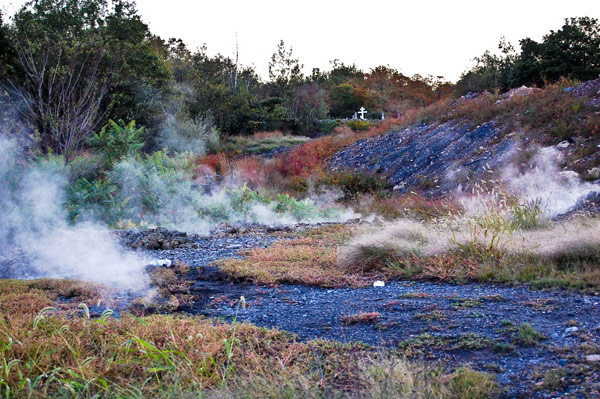
Located in the beautiful mountains of central Pennsylvania, was once a thriving mining community populated by over two thousand people. This town, once a home to several hotels, banks, theaters, and even it’s own school district, is now one of the least populated municipalities in the whole of Pennsylvania. But that has a lot to do with a fire that has been raging for over fifty years.
In 1962, a mysterious fire tore through an abandoned strip mine, causing a chain reaction when it broke through a rock pit, settling the rest of the town’s coal mines alight. Despite the tireless efforts of firefighters, the town was unable to quell the flames, and the underground has been a furnace ever since.
I have heard the residents say that the fire was caused by a landfill burning in the underground mine. This theory is based on the common practice of fire fighters burning down trash located in nearby landfills, and th common thought is that this particular fire had been extinguished improperly. Despite the typical agreement on this theory, they still do not know how the mine fire started and there has never, to my knowledge, been an official statement either.
ADVERTISEMENT
This was a world where no human could live, hotter than the planet Mercury, its atmosphere as poisonous as Saturn’s. At the heart of the fire, temperatures easily exceeded 1,000 degrees. Lethal clouds of carbon monoxide and other gases swirled through the rock chambers. – David DeKok (1986)
Before I arrived in Centralia, I imagined the town as a scene from depths of Hell; empty streets where tongues of flame spring from the cracked pavement, licking at your heels as thick grey fog restricts your vision, making every step a treacherous gamble. Roger Avery, writer of the film Silent Hill, has spoken about using the town of Centralia to inspire the eerie visuals of his film, so my preconceived visions of a cinematic nightmare were well placed.
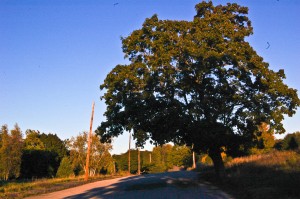
When I arrived, though, the sights were far different than I had expected. It wasn’t scary at all, in fact, it was eerily beautiful. I pulled the car up and immediately, unmistakably, noticed it; an odd steam rising from the ground, out of deep cracks in what was once Pennsylvania Route 61, but now lay crushed up and pushed out of the way. There were still bounties of thick, green grass growing in the tiny cemeteries perched behind the puffing steam. It wasn’t nightmarish at all, in fact, it was beautiful.
I couldn’t wait to escape from the car and begin exploring. As I made my way down the streets of rubble, I came to the realization that I was losing sunlight, and though I wanted to see it all before the sun finally set, I’d have to make this visit a quick one.
Entire streets once lines by homes, churches, and grocery stores, now lay completely abandoned. Lone stop signs sit perched at corners of empty streets, and giant poles jut into the sky, devoid of purpose, their wires no longer connected to a source of power. It was a strange feeling, knowing I was standing in a modern ghost town; a place that was once so alive only fifty years prior. It was even stranger knowing that below my feet, a fire raged that may very well continue to burn for another fifty years.

The steam itself, though deadly, isn’t all that impressive. It’s the what remains of Centralia that stirs your mind. As you wander the cracked streets and wonder what the town used to be like before the disaster, your imagination paints a picture that becomes more and more flooded with activity as it’s filled with busting shops, children making their way home after school, and the mailman delivering letters to rows of mailboxes. Now, only five of those homes remain.
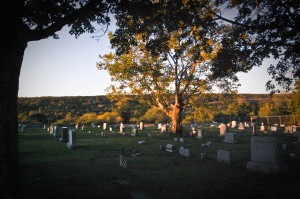
In 1984, most of Centralia’s residents relocated, accepting buyout offers from the government, though a few remained in protest, refusing to leave their lifelong homes in spite of the toxic fumes. They were able to live in relative peace until Bob Casey, then governor of Pennsylvania, declared eminent domain in 1992, condemning all buildings. The dwindling residents fought back in court, failing to reverse the decision. In 2002, the U.S. Postal service revoked Centralia’s zip code, 17927, forcing the locals to receive their mail via post office box. Finally, in 2009, Governor Ed Rendell began the formal eviction of the remaining citizens of Centralia.
As the sun set on the desolate village, I made my way through one of the remaining cemeteries. As my time in Centralia came to an end, I could hardly think of a better symbol to describe this place than the tiny graveyard just beyond the rubble. While most of the town had fallen either to nature or a wrecking ball, here sat a well-kept reminder that this was once something more than a mere curiosity, a defiant memento of a town erased by a bizarre accident. The freshly cut grass, carefully trimmed around each headstone, proved that while these people may be gone, there are still a few who remember that they once existed.
Also, someone drew a gigantic penis on the street.
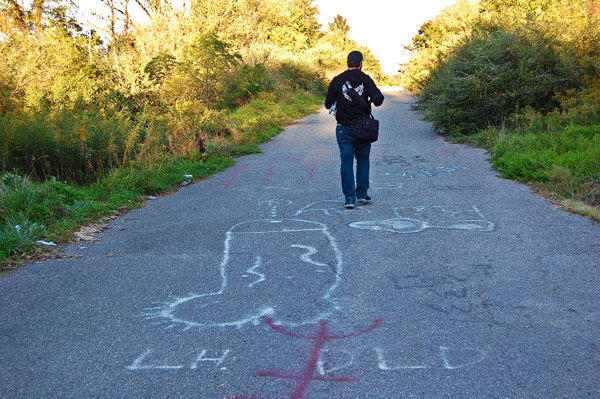
MORE GREAT STORIES FROM WEEK IN WEIRD:


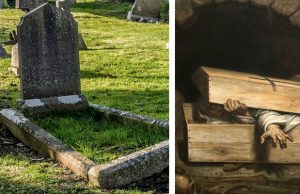
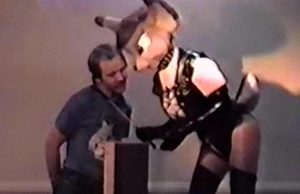
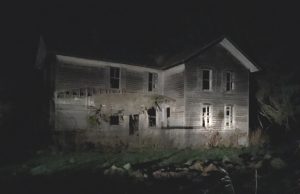

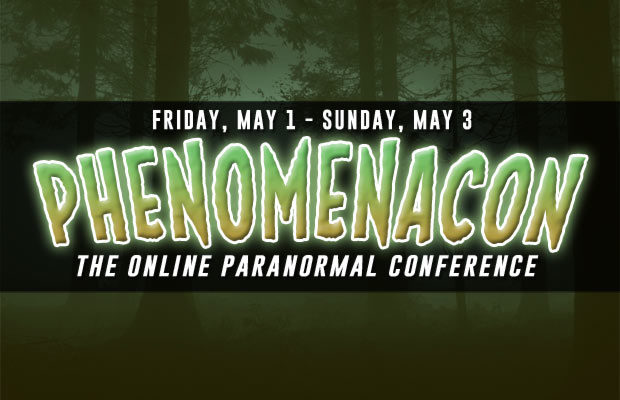
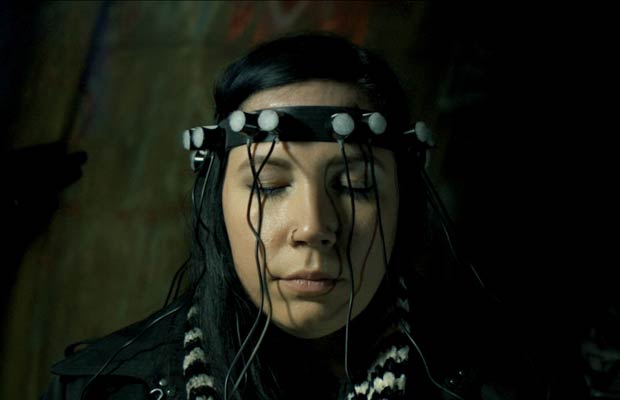
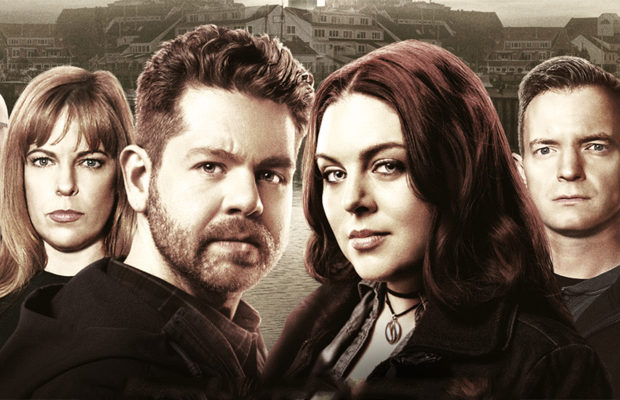
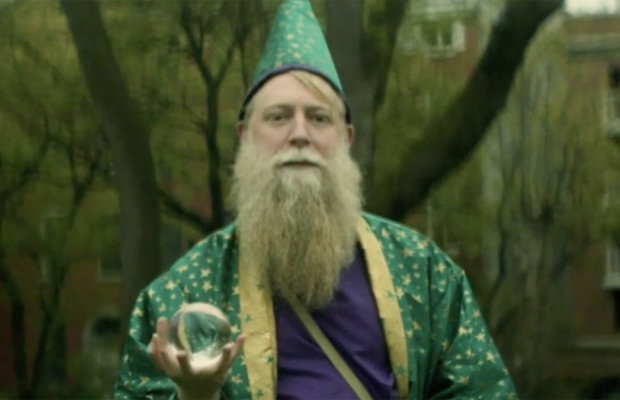

You must be logged in to post a comment Login